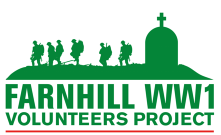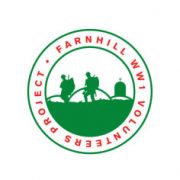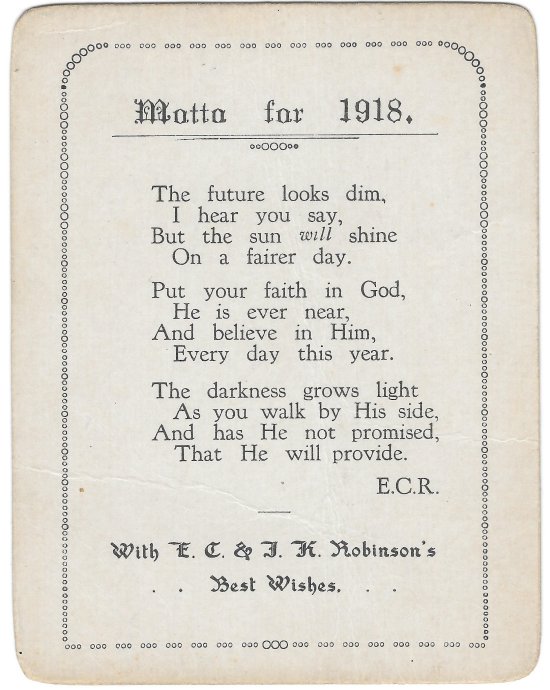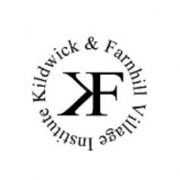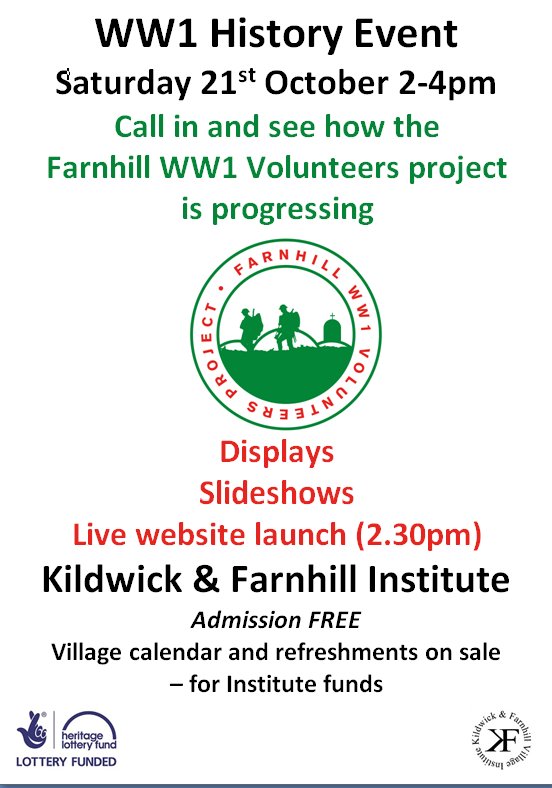In a second article for the project lookng at life at home during WW1, Isobel Stirk examines what both adults and children were reading, how they were spending their leisure time, and what children were being taught about the war at school.
Article – Literature, learning and leisure – 1914 to 1918
